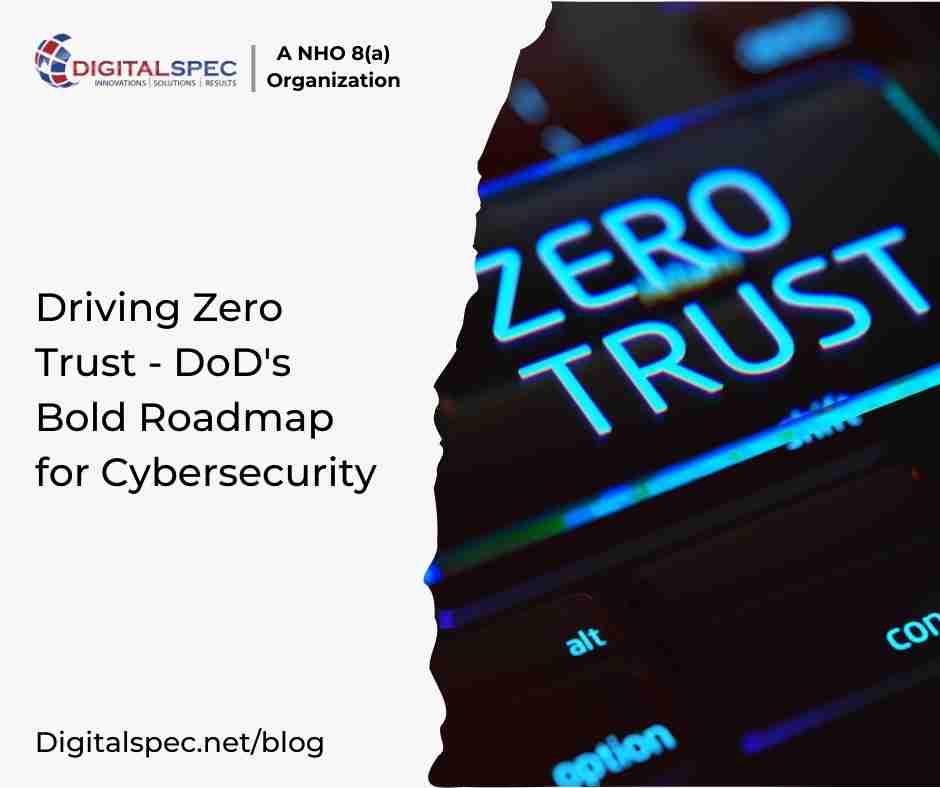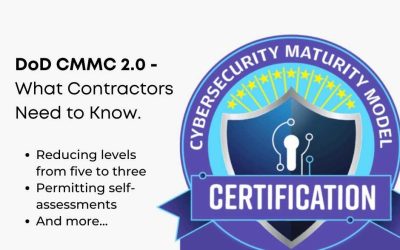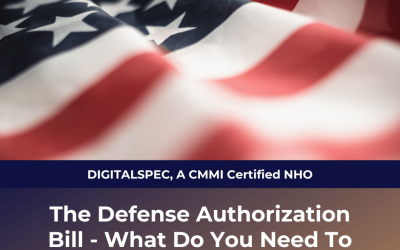The Defense Department (DoD) is embarking on a transformative journey towards bolstering its cybersecurity posture through a groundbreaking initiative known as zero trust. As threats to national security evolve in complexity, the DoD recognizes the critical importance of adopting innovative approaches to safeguard its networks and data. In this blog post, we delve into the DoD’s zero trust roadmap, highlighting key insights from Randy Resnick, Director of the Zero Trust Portfolio Management Office at DoD.
What is Zero Trust?
Zero trust is a cybersecurity framework that challenges the traditional perimeter-based approach to network security. In essence, it operates on the principle of “never trust, always verify,” meaning that no entity, whether inside or outside the network perimeter, is automatically trusted. Instead, zero trust assumes that threats could originate from both external and internal sources, necessitating continuous verification of user identities, devices, and network traffic. This approach emphasizes granular access controls, strong authentication mechanisms, encryption, and real-time monitoring to minimize the risk of data breaches and unauthorized access. By adopting a zero trust model, organizations aim to enhance their security posture, mitigate cyber threats, and protect sensitive data in today’s dynamic and increasingly complex digital environments.
An example might help you understand:
Imagine a traditional office building with security guards stationed at the entrance. Employees entering the building are typically granted access based on their employee ID badges, and once inside, they can freely move around designated areas without further scrutiny. However, if an intruder manages to bypass the security checkpoint or an employee’s badge is stolen, they could potentially gain unrestricted access to sensitive areas of the building, posing a significant security risk.
In contrast, a zero trust approach would require employees to authenticate themselves at every door they attempt to enter, regardless of whether they are inside or outside the building. Each access request is scrutinized based on multiple factors such as user identity, device health, location, and behavior patterns. Even if an employee successfully gains access to one area of the building, they would still need to verify their identity to access other restricted zones. This continuous verification ensures that only authorized users with legitimate access rights can navigate through the building, significantly reducing the likelihood of unauthorized access and data breaches.
DOD’s Zero Trust Roadmap
1. Zero Trust Roadshow: The DoD’s zero trust portfolio management office is hitting the road to disseminate crucial insights and garner support for the adoption of this new cybersecurity paradigm. Over the coming months, DoD leaders will engage with combatant commands to underscore the significance of zero trust in fortifying cyber defenses.
2. Focus on Training and Education: Randy Resnick emphasizes the pivotal role of training and education in ensuring the success of the zero trust program. Recognizing the need for upskilling the workforce, efforts are underway to develop comprehensive training courses in collaboration with Defense Acquisition University.
3. Annual ZTA Training Event: The DoD is gearing up to host its second annual Zero Trust Architecture (ZTA) training event in April, providing a platform for over 1,200 participants to delve deeper into the principles and implementation strategies of zero trust.
4. Analyzing Implementation Plans: Resnick’s team is conducting a meticulous analysis of the implementation plans submitted by military services, defense agencies, and combatant commands. This deep dive aims to identify trends, challenges, and opportunities in achieving the target zero trust architecture by 2027.
5. Pilots and Product Integration: In tandem with reviews and meetings, the DoD is actively exploring zero trust products through a series of pilots. Collaboration among product vendors is essential to integrating solutions effectively and advancing the zero trust agenda.
6. Expanding Zero Trust Beyond IT: Looking ahead, the DoD is considering the expansion of zero trust principles beyond traditional IT domains to encompass critical areas such as weapons systems and operational technology. This broader approach seeks to fortify defenses against emerging threats across diverse attack vectors.
As the DoD marches forward on its zero trust journey, collaboration, innovation, and adaptability will be paramount. By embracing this forward-thinking cybersecurity paradigm, the DoD aims to bolster resilience, mitigate risks, and safeguard national security in an increasingly digital world.



